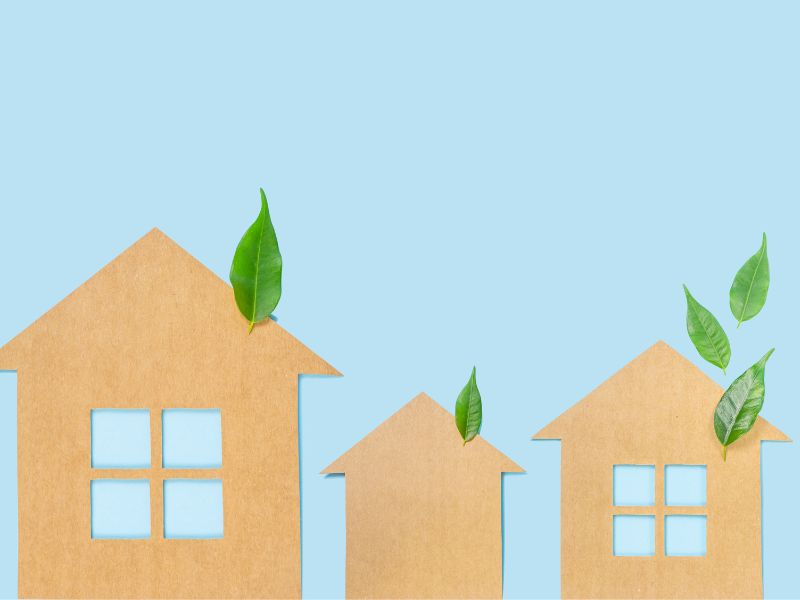 Environmental consciousness is at the forefront of global conversations, and the real estate industry is undergoing a significant transformation. Homebuyers are increasingly seeking residences that not only provide comfort and style but also align with their commitment to sustainability. The rise of eco-friendly homes marks a shift towards responsible living, where individuals are making choices that benefit both their well-being and the planet.
Environmental consciousness is at the forefront of global conversations, and the real estate industry is undergoing a significant transformation. Homebuyers are increasingly seeking residences that not only provide comfort and style but also align with their commitment to sustainability. The rise of eco-friendly homes marks a shift towards responsible living, where individuals are making choices that benefit both their well-being and the planet.
The Green Revolution in Real Estate:
Traditionally, the real estate market has been associated with sprawling houses and energy-intensive amenities. However, a standard shift is occurring, with a growing demand for eco-friendly features in homes. From energy-efficient appliances to solar panels and sustainable building materials, developers are incorporating green technologies to reduce the carbon footprint of new constructions.
Energy Efficiency:
One of the key aspects of eco-friendly homes is their emphasis on energy efficiency. Homebuyers are increasingly looking for properties that utilize renewable energy sources, such as solar panels, wind turbines, and geothermal heating systems. These not only reduce the homeowner’s reliance on conventional energy but also contribute to the overall reduction of greenhouse gas emissions.
Sustainable Building Materials:
The materials used in constructing eco-friendly homes are carefully chosen to minimize environmental impact. From recycled steel and reclaimed wood to energy-efficient windows and doors, developers are opting for sustainable alternatives. This not only reduces the demand for new resources but also helps in creating healthier indoor environments for occupants.
Smart Home Technologies:
The integration of smart home technologies is another significant aspect of the eco-friendly home movement. From smart thermostats and lighting systems to water-saving appliances, these technologies not only enhance the convenience of living but also contribute to resource conservation. Homeowners can monitor and control their energy consumption, leading to reduced utility bills and a more sustainable lifestyle.
Green Spaces and Sustainable Landscaping:
Beyond the walls of the home, eco-friendly living extends to the surrounding environment. Developers are incorporating green spaces, community gardens, and sustainable landscaping practices. This not only enhances the aesthetic appeal of the neighborhood but also promotes biodiversity and contributes to a healthier ecosystem.
Financial Incentives:
Governments and financial institutions are recognizing the importance of sustainable living and are offering incentives to encourage eco-friendly home purchases. Tax credits, reduced interest rates on green mortgages, and energy-efficient home improvement grants are just a few examples of the financial benefits that eco-conscious homeowners can enjoy.
The rise of eco-friendly homes signifies a positive shift towards a more sustainable and responsible future in real estate. Homebuyers are becoming conscious consumers, making choices that align with their values and contribute to a healthier planet. As the demand for eco-friendly homes continues to grow, the real estate industry is adapting, paving the way for a greener, more environmentally friendly housing market. Embracing the principles of sustainable living in real estate is not just a trend; it’s a commitment to a better future for generations to come.
